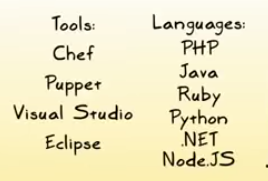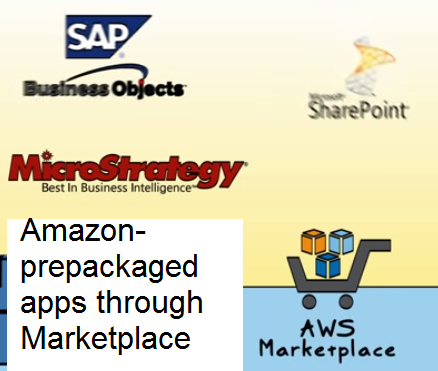|
CS6320: SW Engineering of Web Based Systems |
||||||
|
Public Cloud Options ---there are many --
3 of the leaders are (AWS, Microsoft and Google) --we will discuss AWS and Google

| Amazon and Google Cloud Options | 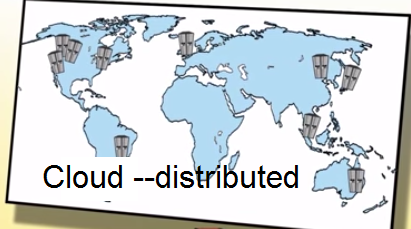 |
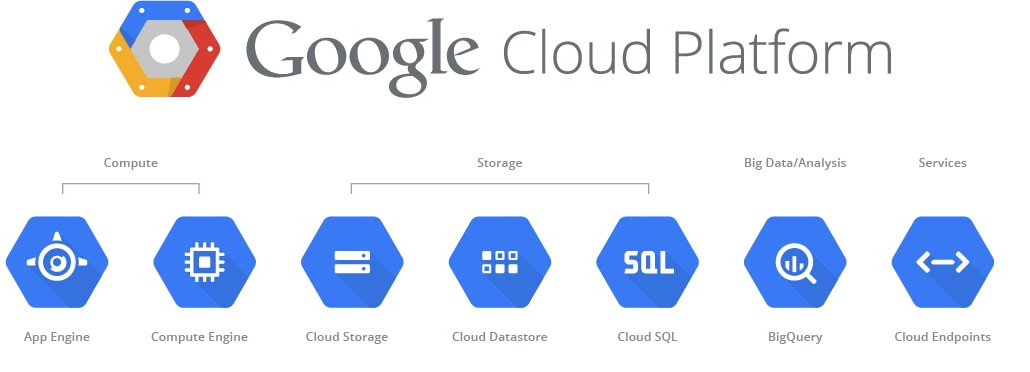
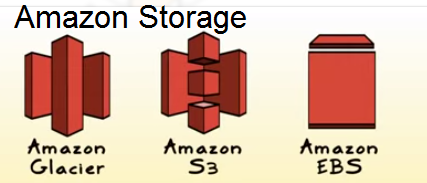
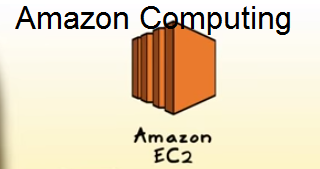

Platform as a Service- PAAS (Google only)
-
Google App Engine and Supporting Services called Google Play Services (security, data, maps, email, etc)
Persistent Data options(and IAAS) -- see more specialty below categories
-
As Infrastructure (IAAS) - you install, maintain a data solution
-
Google Compute Engine, Container Engine
-
Amazon EC2:
-
-
Traditional Database as a Service - they install, maintain, you pay for it
NOTE: as this is IAAS you can choose your own set of tools to develop and languages
-
Google Cloud SQL - using MySQL
-
Amazon:
-
Amazon RedShift (PostgreSQL) - setup to be able to work with larger data than RDS, optimized over RDS.
-
Amazon Relational Database Service(RDS) -- MySQL, Oracl, SQL Server, PostgreSQL
-
-
NON-Traditional Database as a Service - (scallable, typically horizontal, distributed and possibly NoSQL right now)
-
Google Cloud Datastore
-
Amazon DynamoDB (and less scalable "older" Amazon SimpleDB)
-
-
BlobStore
-
GAE Blobstore
-
"Amazon S3" --not really the same.
- stores unstructured blobs up to 5TB
-
Cache Data options
-
Google Memcache
-
Amazon ElastiCache
Content Delivery Data options (beyond install yourself as infrastructure)
-
Amazon CloudFront
Block Level Cloud Instances storage options (beyond install yourself as infrastructure)
-
This is where you are backing up instances in an cloud infrastructure as a service for recovery from failure
-
Amazon Elastic Block Store
-
Software as a Service -SAAS
-
Google - has mutliple services (Google Play Services) that is part of PAAS Google App Engine development---so that makes it hybrid over into SAAS
-
Amazon - through pre-packaged apps via AWS Marketplace (lets you buy software to run on AWS)
Tools
-
Google Developer Console

